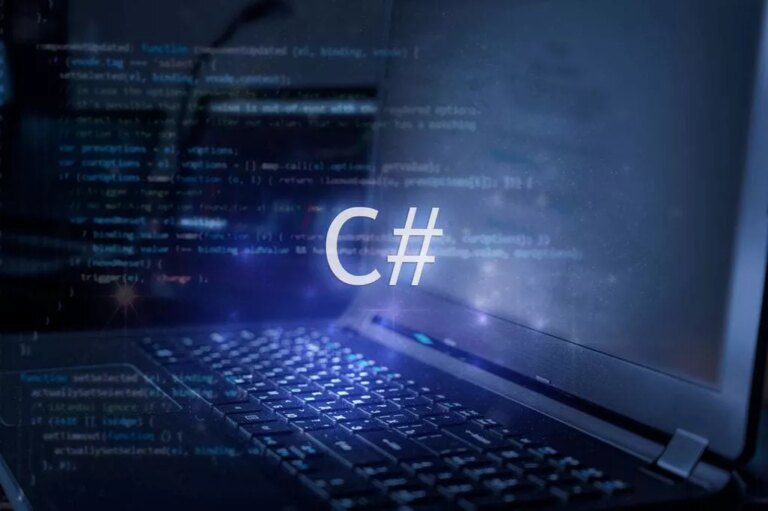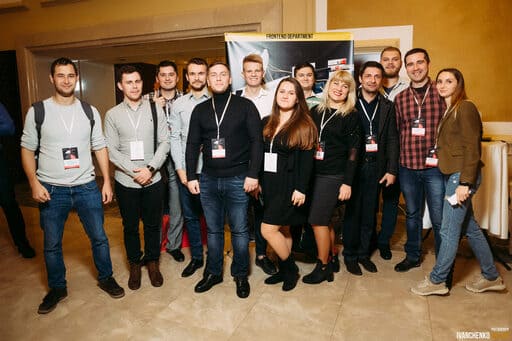Blog
Learn How To Create A Blockchain
We work with some of the most popular blockchains for business, including Hyperledger, EOS, BitShares, and Ethereum. Key the power of a custom blockchain network built to your business specifications. Developcoins brings a team of experienced blockchain developers to every project, working with business partners to create custom blockchain solutions for fintech, entertainment, insurance, and other industries. Numerous blockchain development tools have been introduced to ease the process of blockchain app development. If you are interested in developing a blockchain project, you should know about the blockchain development tools used by the experienced blockchain developers. Upcoming developers have to be qualified and capable of understanding blockchain technology because this technology will change the way of transactions that are done in the next decade.
- But one has to remember that the data handling methods are entirely different approaches between the two and neither one is to replace the other.
- Last century, information became (primarily) digital and our collective ledgers moved from paper to computers.
- Nakamoto released Bitcoin v0.1 to the web service SourceForge as open source software.
- This means that only the person assigned an address can reveal their identity.
As the top-ranked blockchain services provider, IBM Blockchain Services has the expertise to help you build powerful solutions, based on the best technology. More than 1,600 blockchain experts use insights from 100+ live networks to help you build and grow. Each additional block strengthens the verification of the previous block and hence the entire blockchain. This renders the blockchain tamper-evident, delivering the key strength of immutability.
Step 2: Choosing The Consensus Mechanism
If you run this program it will show an error because the CreateBlock function is not defined yet, so go ahead and create it in block.go. If you aren’t familiar with Go, try to familiarize yourself with the basics, including functions, methods, data types, structures, flow controls and iterations, etc. A block contains information mentioned earlier, but to simplify things We are going to remove some. Check out the infographic we created to give you a glimpse of what you can expect from the tutorial. Lastly, it is not advisable where your Fintech product is looking for short-term goals.

Blockchain can drastically reduce or nearly eliminate data tampering. This is why the technology is often called a “trustless network.” It means you don’t have to trust anyone to be certain that a given exchange or transaction is accurate and accurately recorded. Looking ahead, some believe the value of blockchain lies in applications that democratize data, enable collaboration, and solve specific pain points. McKinsey research shows that these specific use cases are where blockchain holds the most potential, rather than those in financial services. INBLOCK issues Metacoin cryptocurrency, which is based on Hyperledger Fabric, to help make digital asset transactions faster, more convenient and safer. The food industry is just one of many being transformed through blockchain technology.
The Truth About Blockchain
Once it is full, the information is run through an encryption algorithm, which creates a hexadecimal number called the hash. There have been several different efforts to employ blockchains in supply chain management. Some of the largest, most known public blockchains are the bitcoin blockchain and the Ethereum blockchain. Citi is a preeminent banking partner for institutions with cross-border needs, a global leader in wealth management and a valued personal bank in its home market of the United States. Citi does business in nearly 160 countries and jurisdictions, providing corporations, governments, investors, institutions and individuals with a broad range of financial products and services.
Proof-of-History is the ‘clock’ of the network, and it works in conjunction with the TowerBFT algorithm, which prevents malicious attacks on time parameters. When validators on the network vote for a specific block, they have to receive a confirmation from Proof-of-History before they can vote on the next block. The blockchain consensus is an ever-evolving space, as protocols seek new and efficient ways to achieve consensus and finality on the blockchain. Proof of Authority and Proof of Burn are two of the recent consensus mechanisms we have seen, and there are a lot more in the pipeline. In 2022, hackers did exactly that, stealing more than $600 million from the gaming-centered blockchain platform Ronin Network.
Who is behind Blockchain technology?
Remember that cryptocurrencies that operate on the blockchain use different verification systems with their own unique structures. The term Bitcoin, for example, is used interchangeably to refer to both the https://www.globalcloudteam.com/ blockchain and the cryptocurrency, but they remain as two separate entities. The very first blockchain application appeared in 2009 as Bitcoin, a crypto system using the distributed ledger technology.

This is why it’s extremely difficult to manipulate blockchain technology. Think of it as «safety in math» since finding golden nonces requires an enormous amount of time and computing power. Satoshi Nakamoto launched the Bitcoin network after the 2008 financial crisis, with this simple message that he embedded in the genesis block. Proof-of-History is a relatively newer consensus mechanism launched by Solana. It uses a Verifiable Delay Function so all the participants in the network can reach a consensus on ‘time’ to avoid the ‘longest chain rule’.
Blockchain Platforms and Applications to Know
Advocates expect the technology to help in the automation of most tasks handled by professionals in all sectors. The technology is already finding great use in supply management as well as in the cloud computing business. The technology should also find its way into basic items such as search engines on the internet blockchain creation in the future. Since its popularity started growing a few years back, a number of applications have cropped up all but underlining the kind of impact it is destined to have as the race for digital economies heat up. In this discussion, we’ll learn about the history of Blockchain with Blockchain evolution.

A bug in the Ethereum decentralized autonomous organization code was exploited, resulting in a «hard fork» in the Ethereum network. The Bitfinex cryptocurrency exchange was hacked and nearly 120,000 bitcoin were stolen — a bounty worth about $66 million. Since Bitcoin’s introduction in 2009, blockchain uses have exploded via the creation of various cryptocurrencies, decentralized finance (DeFi) applications, non-fungible tokens (NFTs), and smart contracts. The revolutionary technology blockchain began with cryptocurrencies like bitcoin but has since expanded beyond the worlds of finance and banking. With a slew of new businesses and applications built on the technology, these industries now represent a mass decentralization that will soon impact the whole world.
What Is Blockchain Technology?
Bitcoin is a perfect case study for the possible inefficiencies of blockchain. Bitcoin’s PoW system takes about 10 minutes to add a new block to the blockchain. At that rate, it’s estimated that the blockchain network can only manage about three transactions per second (TPS).
In August of 2014, the size of stored records of all exchanges that have happened on the bitcoin blockchain network filled up to 20 GB. This size expanded from 50 GB to 100 GB between January 2016 to 2017. Blockchain has gotten an ample amount of appreciation in the most recent couple of years, with the potential to come across as an extraordinary power to transform businesses. Blockchain technology is a computerized record of an action that is copied and conveyed across the whole organization of the blockchain platform through computer networks. Truth to be told, Blockchain is much easier to understand than the above description. NFTs continued their ascent, eco-friendly blockchain networks emerged and blockchain applications increased among companies.
Cryptocurrency: Blockchain vs Cryptocurrency
They are supposed to verify the identity of each customer and confirm that they do not appear on any list of known or suspected terrorist organizations. Transactions placed through a central authority can take up to a few days to settle. If you attempt to deposit a check on Friday evening, for example, you may not actually see funds in your account until Monday morning. Financial institutions operate during business hours, usually five days a week—but a blockchain works 24 hours a day, seven days a week, and 365 days a year. Blockchain does not store any of its information in a central location.
Unleashing the Power of Voice Generation AI – Yahoo Finance
Unleashing the Power of Voice Generation AI.
Posted: Tue, 10 Oct 2023 11:00:00 GMT [source]

